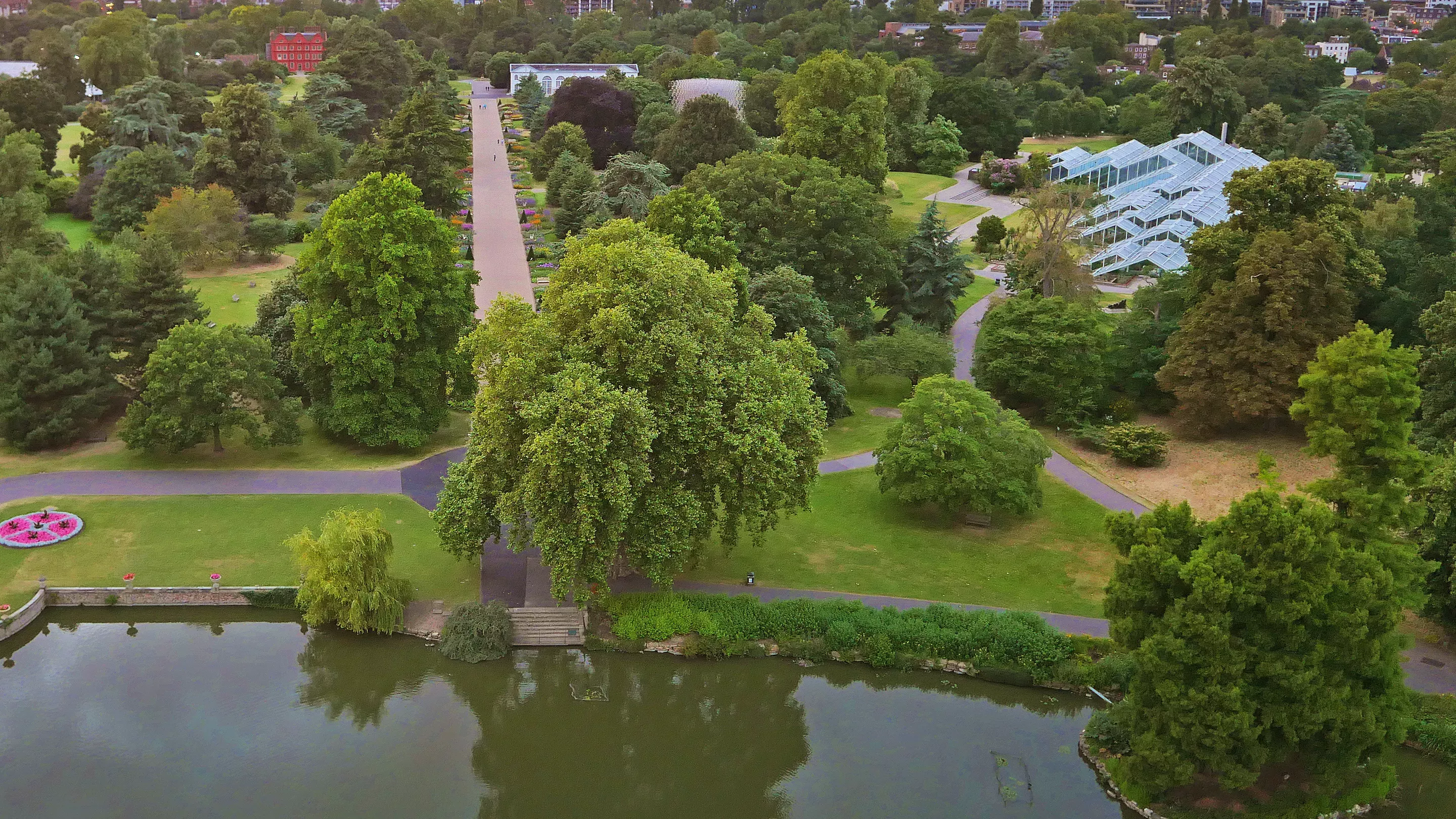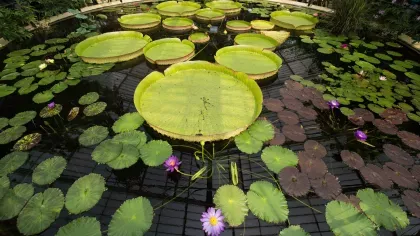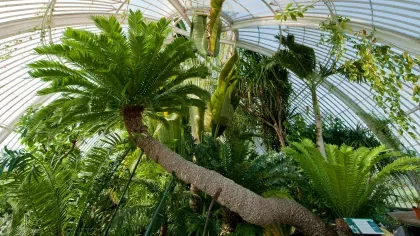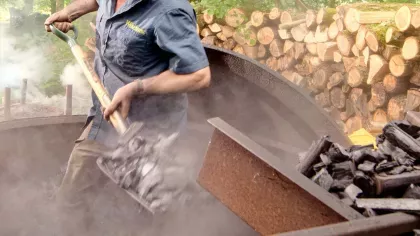17 July 2019
Surprising historical facts about Kew Gardens
From secret underground tunnels to keeping kangaroos, Kew Gardens has some extraordinary stories in its 260-year history.

Garden to Gardens
Ever wondered why ‘Kew Gardens’ is plural and not singular? In 1772, King George III inherited the Kew estate and joined it with the royal estate in Richmond – two gardens became one.
It was George III’s mother Princess Augusta who founded the original botanic garden at Kew in 1759.
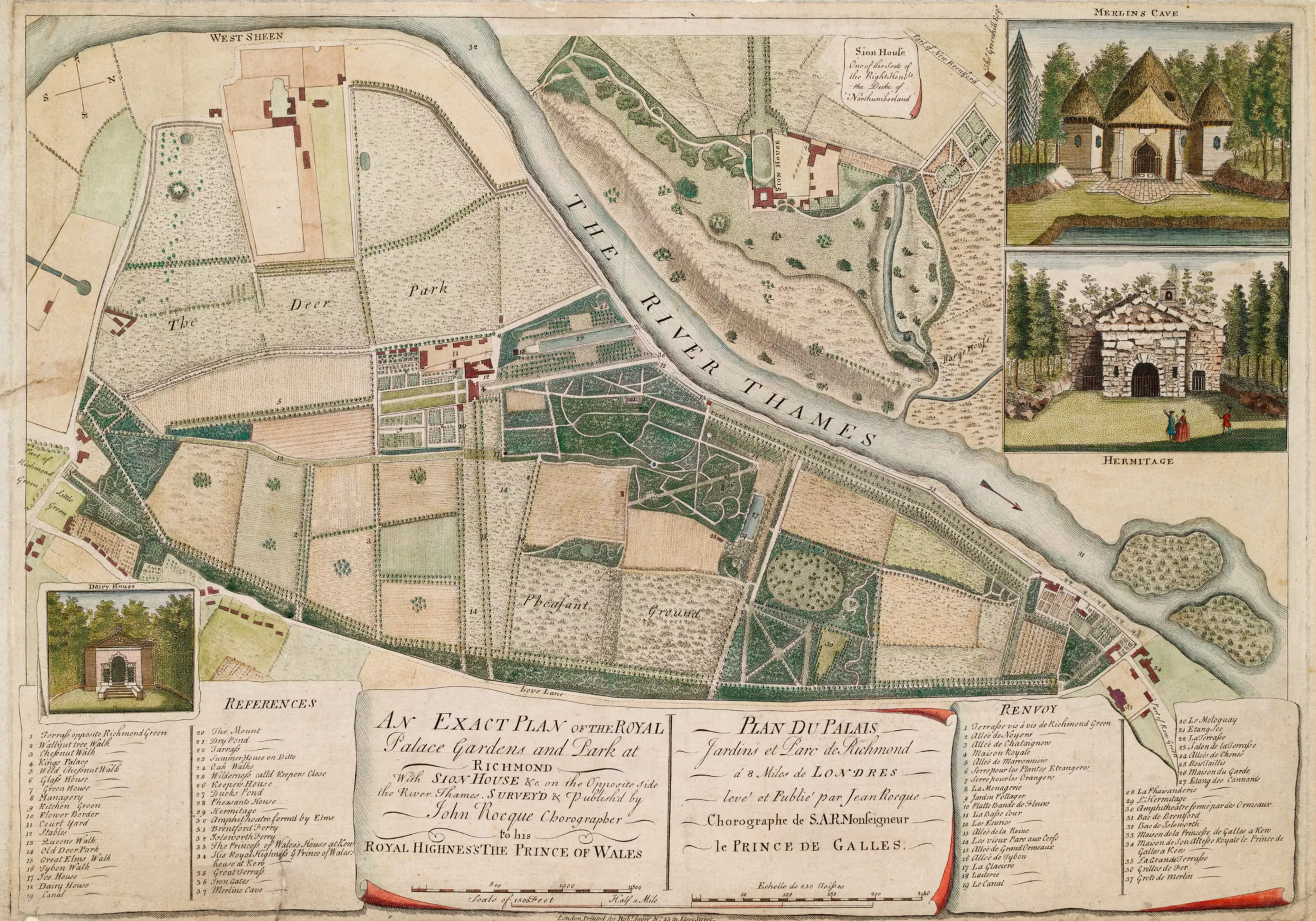
Mutiny on the Bounty
Kew has a connection to the infamous mutiny on HMS Bounty in 1789.
Two Kew gardeners were on board the ship as it set sail for Tahiti to collect breadfruit plants. But when the crew returned to sea there was a mutiny against the ship’s captain, led by master’s mate Fletcher Christian.
Going underground
Underneath the Palm House lie the remains of railway tunnels. They were used to transport fuel for heating the glasshouse, with carts of coal being pulled by hand along the route.
These long tunnels were also built to carry smoke away from the glasshouse boilers.
Rather than ruin the beautiful aesthetic of the building by adding chimneys to the design, a smokestack connected to the tunnels and disguised as an Italianate bell tower, was located near the Palm House Pond.
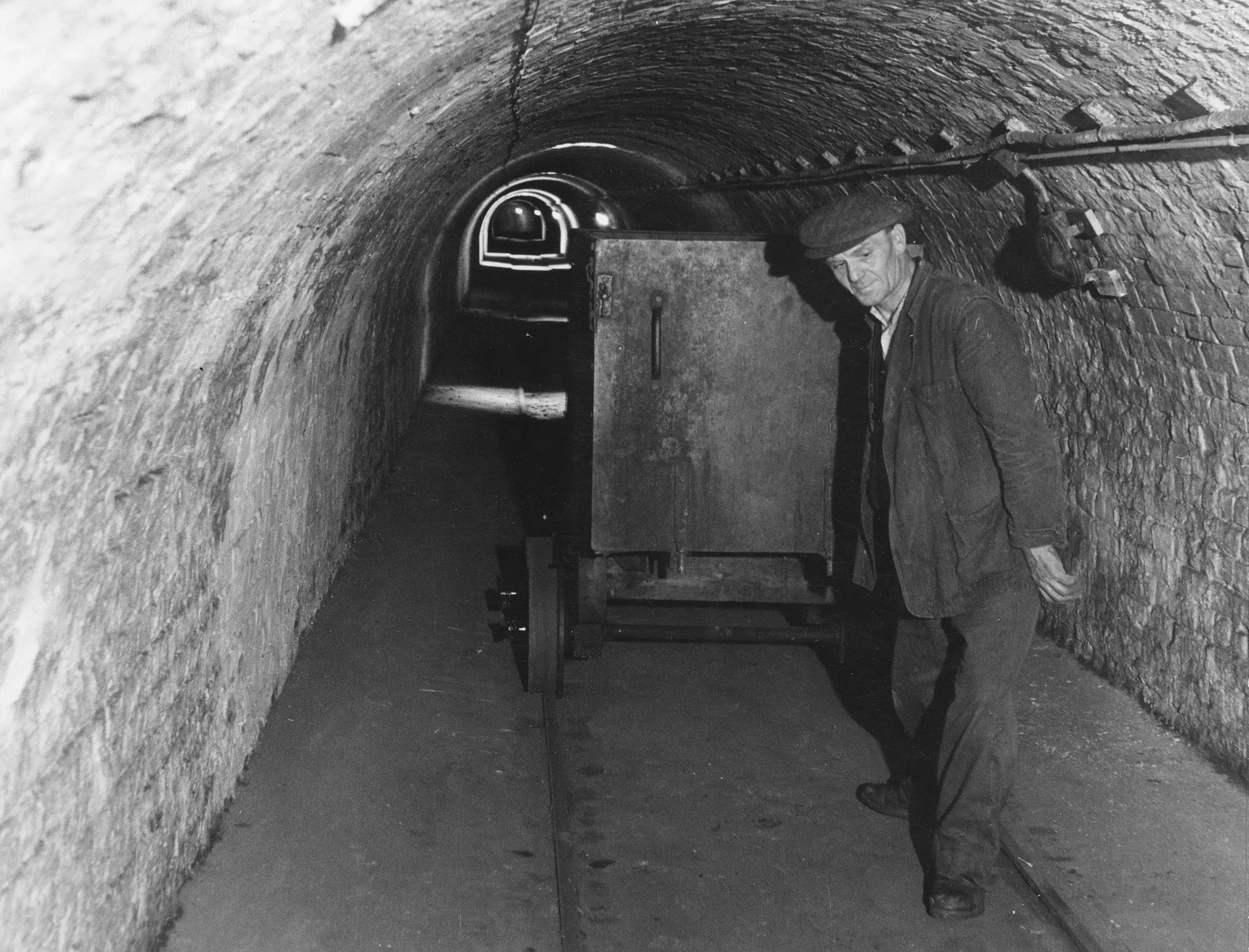
Green glasshouse
It may be hard to imagine now but the Palm House used to be entirely green.
The original ironwork was painted a deep blue-green colour and the glass panels were green tinted. It was believed this helped the plants inside the glasshouse grow, which was later recognised as a mistake.
Kangaroos at Kew
From 1792, exotic animals were kept in the paddock next to Queen Charlotte’s Cottage.
The menagerie comprised colourful Tartarian pheasants and the first kangaroos to arrive in Britain.
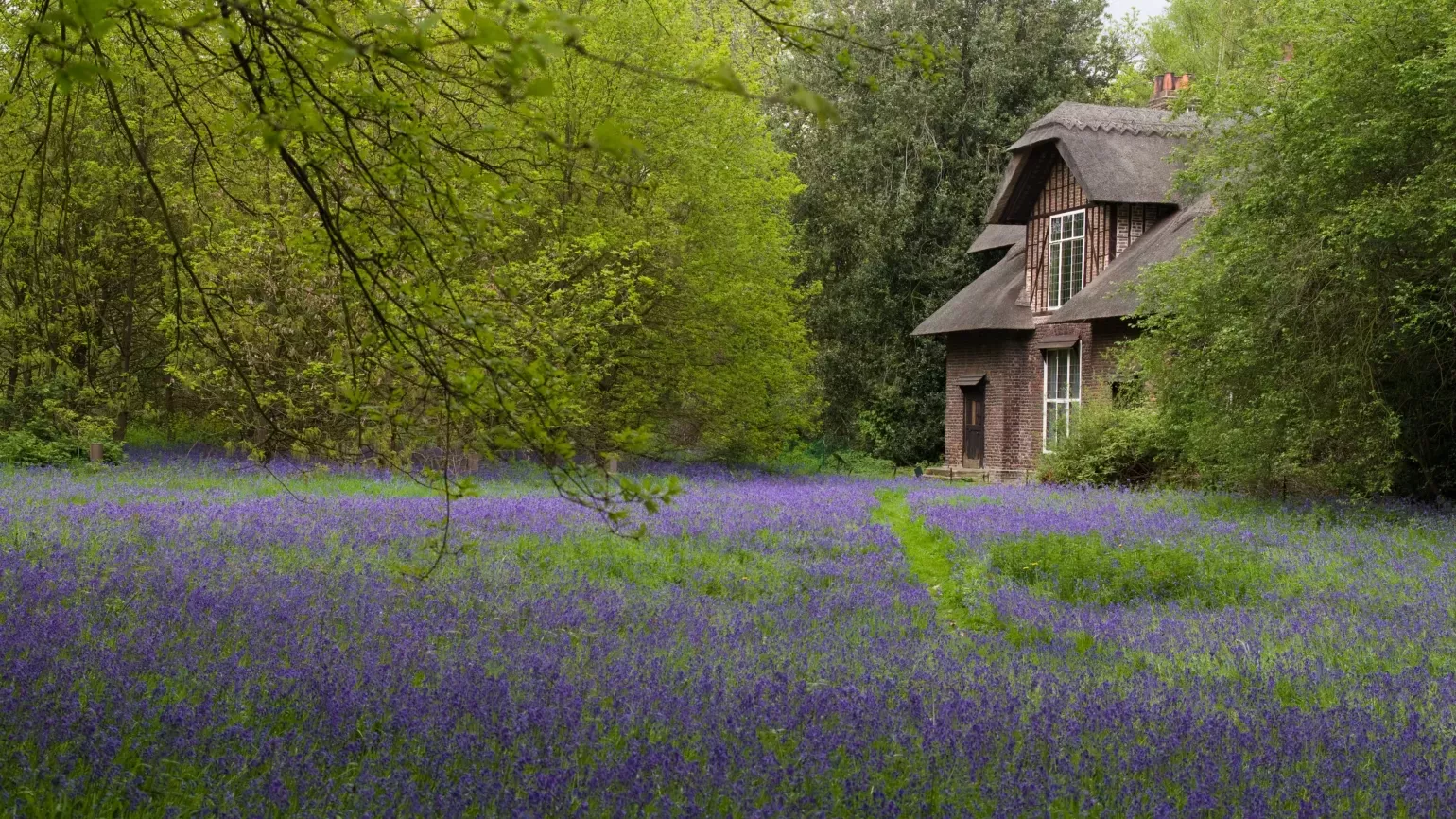
A royal request
Queen Victoria donated Queen Charlotte’s Cottage and its surrounding land to Kew in 1898. But the gift came with one special request – the landscape must be left in an uncultivated state.
This land now forms our Natural Area which boasts wild woodland and a sea of bluebells in spring.
The old rules
No food, no smoking, decent attire, no prams, no playing and no refreshments! These were some of the strict entrance rules for visitors to the Gardens during the 19th century.
Kew’s second Director, Sir Joseph Hooker, even refused to have a restaurant at Kew. It was only after he retired that the first Tea Pavilion opened here in 1888.
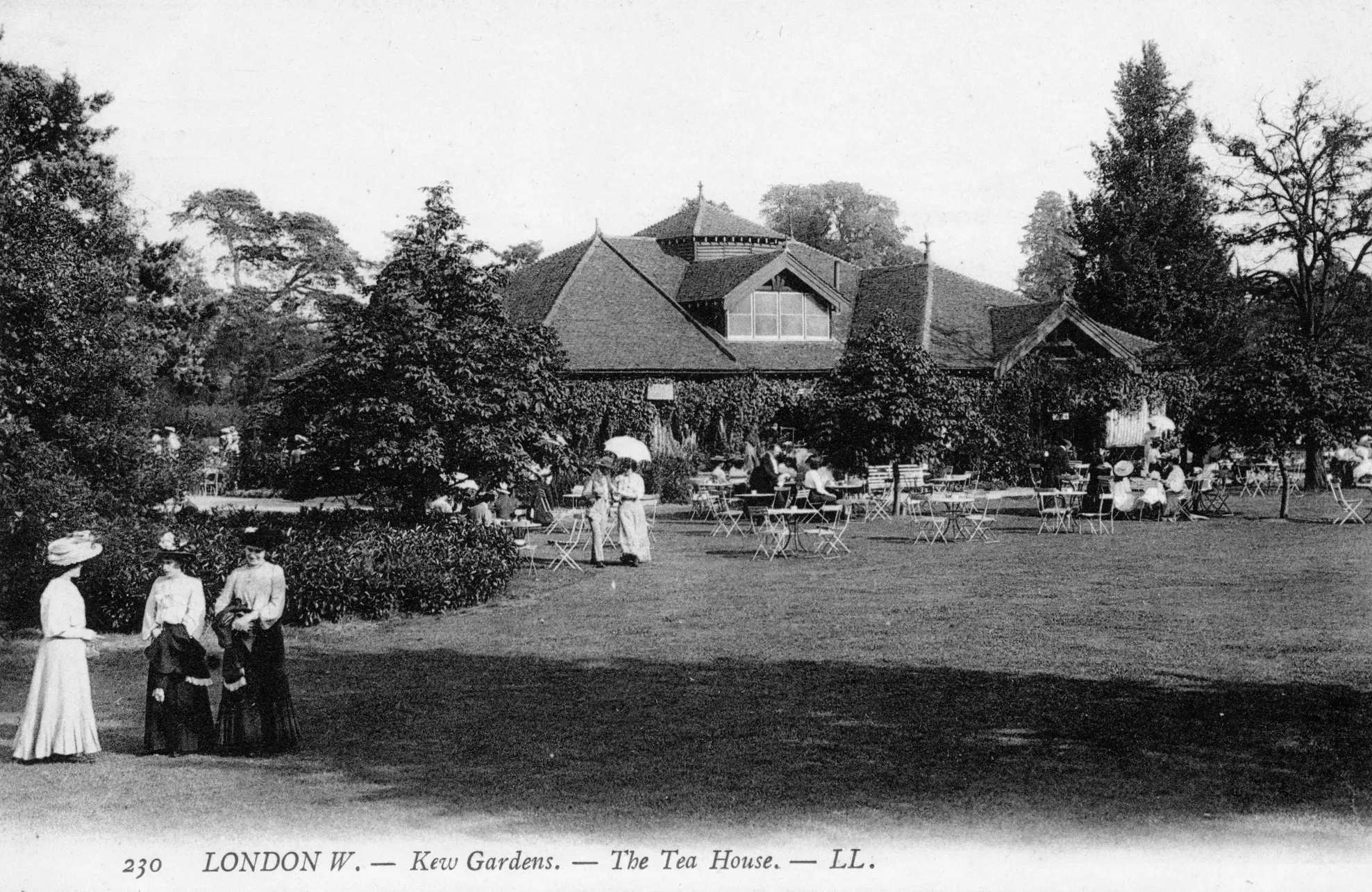
In the name of women's suffrage
Speaking of the Tea Pavilion, suffragettes Olive Wharry and Lilian Lenton burnt it to the ground in 1913 as a mark of protest. They also attacked our glasshouses.
Their actions were part of a wave of suffragette activism that swept the country following the government’s decision to withdraw from the Franchise Bill, a bill that many hoped would finally lead to female enfranchisement.
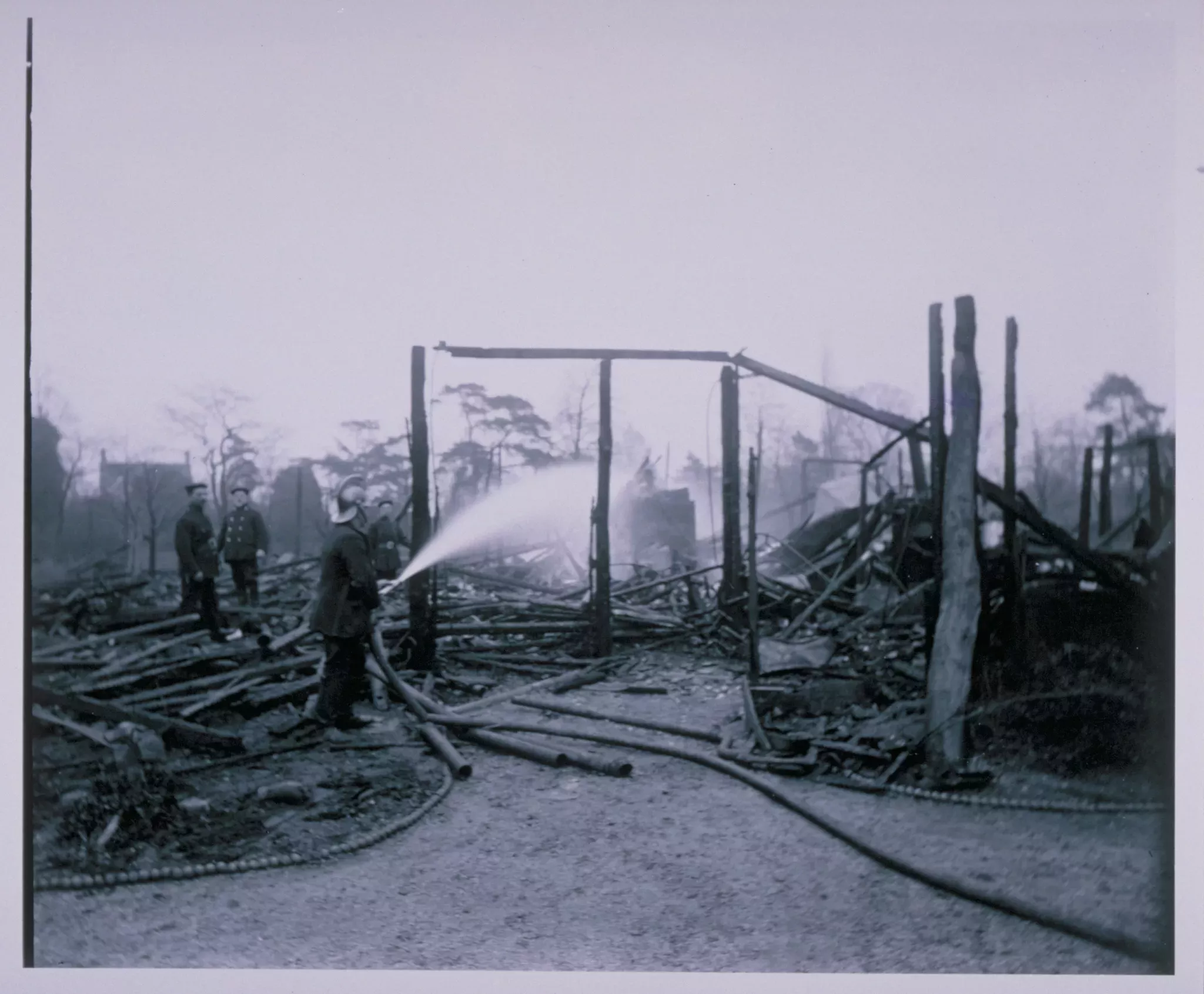
Aircraft in the Arboretum
Two planes have crash-landed in the Gardens.
The first was in 1928 when a single-seater Siskin aircraft came down in flames near Syon Vista. The pilot managed to escape unharmed, saved by his parachute.
The second crash happened in 1938 when an aircraft pulling an advertising banner was forced to make an emergency landing near the Palm House. Luckily, there were no casualties.
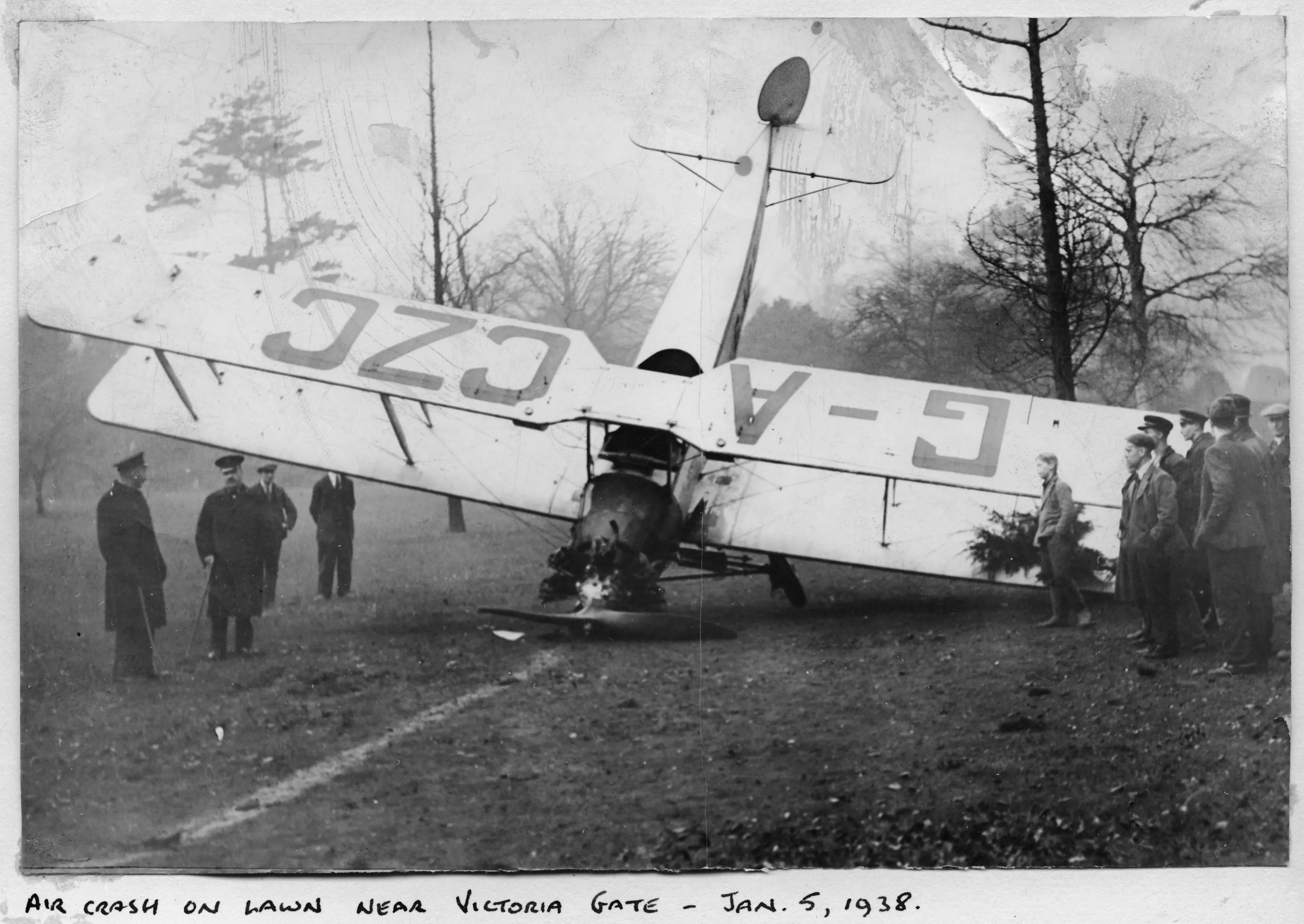
Our police force
The Royal Botanic Gardens Constabulary was formed all the way back in 1845.
At the beginning, Kew constables were part-time gardeners or Crimean War pensioners and patrolled during opening hours. At night this job was given to a Metropolitan police officer.
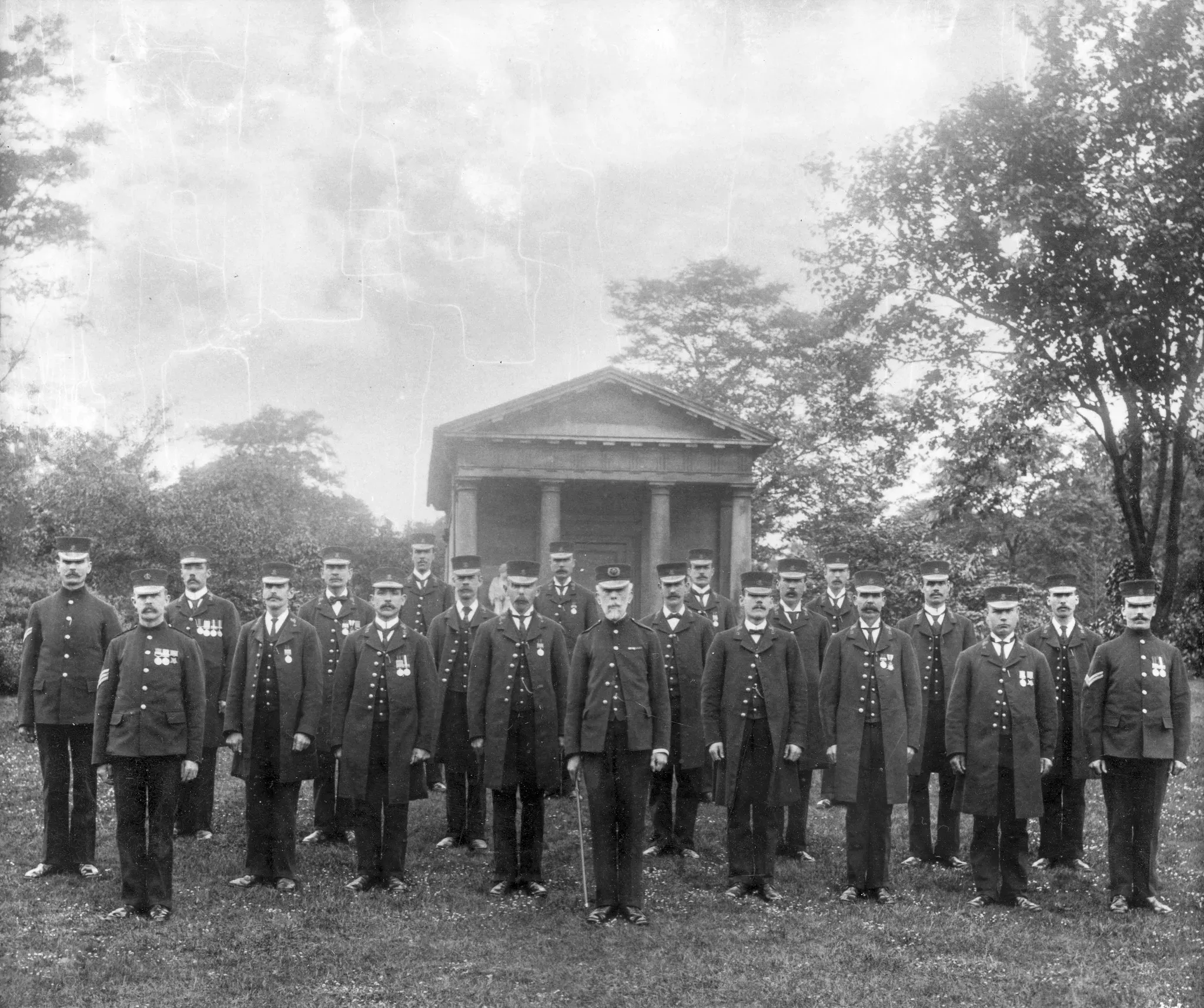
Kew Fire Brigade
As well as a police force, we also had our own fire service.
The Kew Fire Brigade was made up of volunteering staff and from 1882 their fire station was located near Kew Green.
The service closed in the 1920s when Richmond Fire Brigade took over responsibility for the Gardens.
Horses to motors
During the 19th and early 20th century, horses were a great help in the Gardens, used for mowing, ploughing, transporting trees and moving heavy loads. These working horses were often the Suffolk Punch breed.
Hooves became wheels in 1928 when Kew bought its first motorised tractor to replace a horse that had died.
By 1961 there were no more horses left working here.
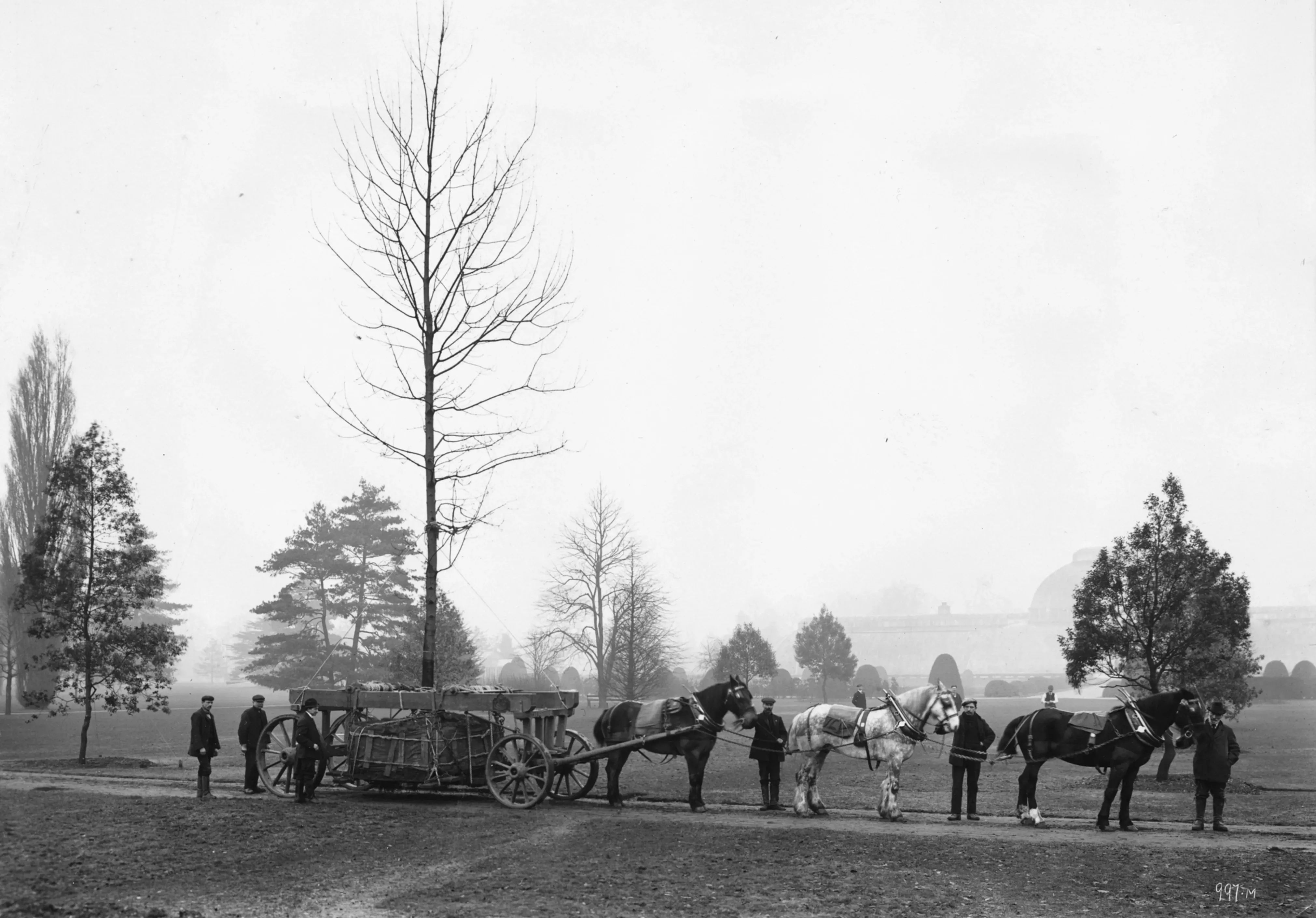
Explosive history
With its height and structure, our Great Pagoda became the perfect secret place for testing the aerodynamics of bombs during the Second World War.
Holes were cut in each floor. The Royal Aircraft Establishment’s bomb designers then tested their latest inventions by dropping them through the building.
During the Blitz, 30 high-explosive enemy bombs were dropped onto the Gardens. Our Herbarium, Temperate House, Palm House and Waterlily House suffered damage.
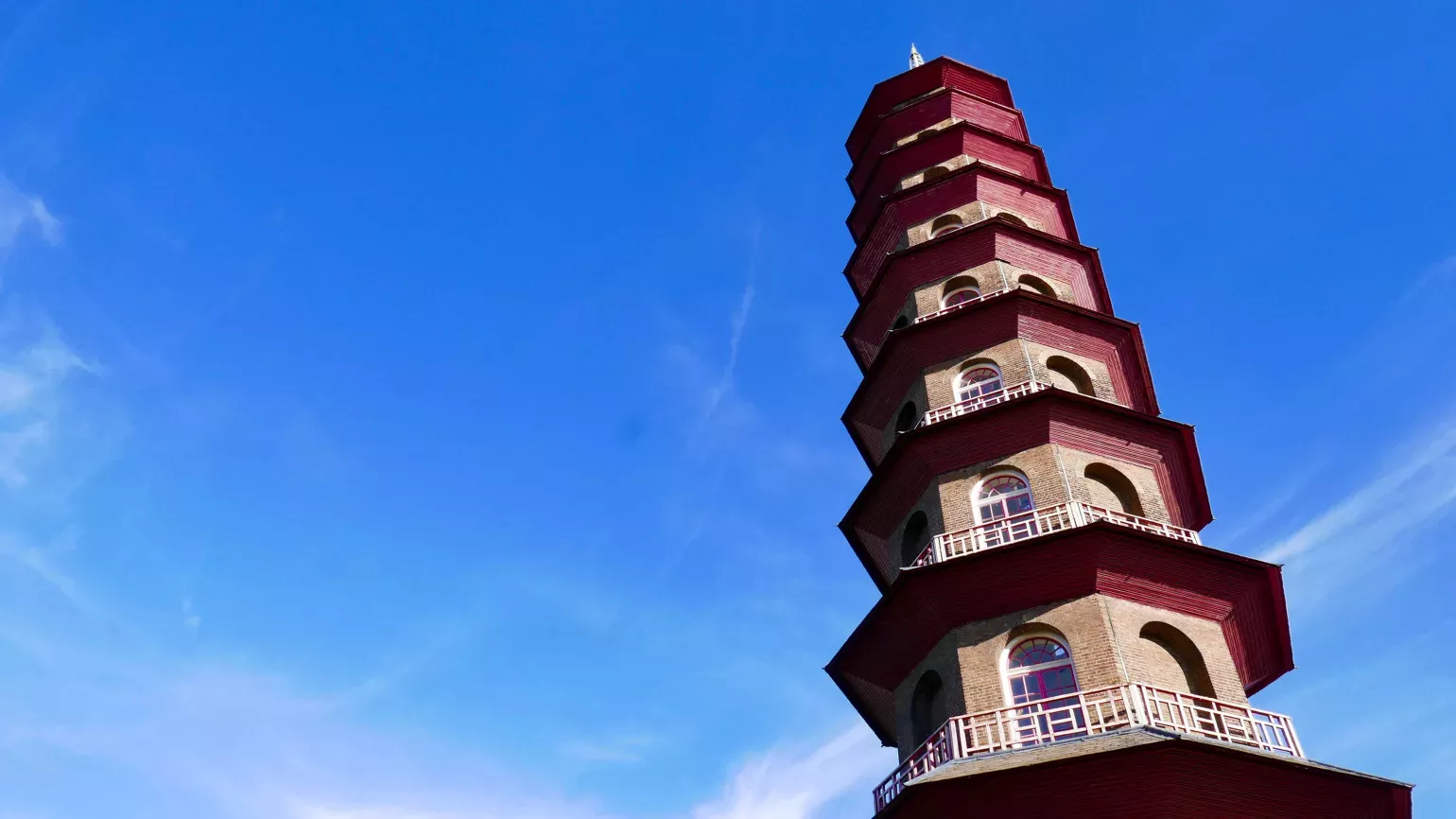
Palm House plans
In 1952, the Palm House was closed to the public as it was in such a poor state of disrepair.
Several different ideas emerged about how to redesign the glasshouse, including reusing the arches lining the Mall during the coronation of Queen Elizabeth II in 1953.
Instead, the Palm House was conserved and restored, leaving us with the iconic building that is still beloved today.
Attenborough’s time capsule
Sir David Attenborough buried a time capsule in the foundation of the Princess of Wales Conservatory in 1985, during the glasshouse’s construction.
The capsule contains seeds of important food crops and several endangered species. It will be opened in 2085, when many of the plants it contains may be rare or extinct.
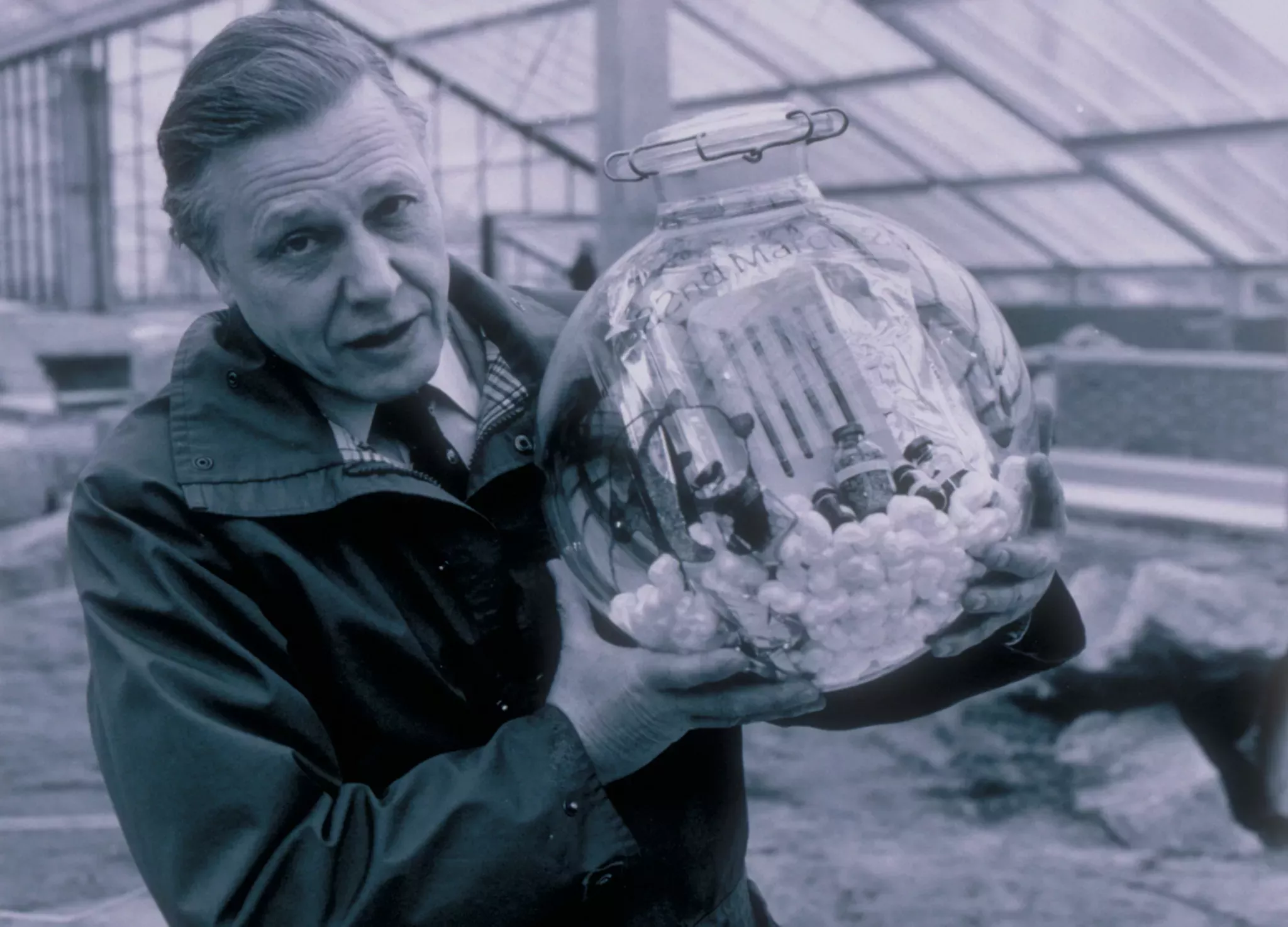
Celebrity students
TV presenter and gardener Alan Titchmarsh was a Kew Diploma student between 1969 and 1972.
He received the Metcalf Cup in 1971, presented to students with the best academic results in their second year.
